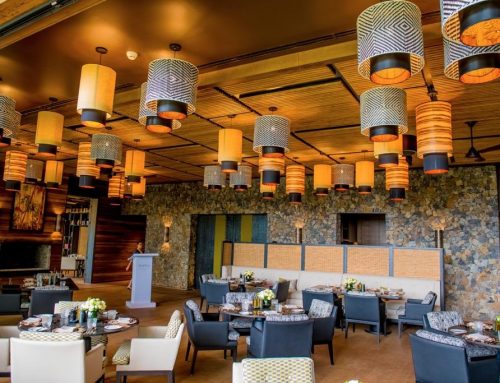A visit with a mountain gorilla family is a life changing experience. The Mountain Gorilla was first discovered in 1902 by Captain Oscar von Beringe. Unfortunately, 43 Mountain Gorillas were captured and killed in the twenty years that followed, all in the name in scientific research. Then in 1921, an American naturalist, Carl Akeley came to the Virunga to partake in the hunt. He himself shot 4 individuals and afterwards felt great remorse for his actions and ended up becoming one of the biggest advocates in the drive to protect this amazing species from any further harm. Akeley had the Virunga declared a National Park in 1925, the first National Park in Africa and the focus was and is still today, to ensure the survival of the Mountain Gorillas and their natural habitat.
All gorilla trekking tours and Nyiragongo Hike in DRC are led by experienced park rangers and usually depart from Bukima patrol post. Treks normally require 1-2 hours of hiking in each direction, depending on where the mountain gorillas spent the previous night as well as the difficulty of the terrain. The hike is set at our own comfortable pace. We will enjoy the beautiful surrounds and keep our eyes open for signs of other wildlife that also inhabit the forest. Rushing to the gorillas will leave us exhausted and too tired to fully appreciate our time with them!
Our encounter with the Neptuno family was amazing. Neptuno the reigning silver back, the other males, females and youngsters were very engaging. They kept their eyes on us and we had been told to be alert for Neptuno performing a mock charge towards us. The family was busy digging up roots and tubers to feed upon and had disturbed some ground nesting bees. The gorillas didn’t seem to be bothered by the swarming bees but unfortunately the bees found us and we were forced to flee the area. But that’s all part of the experience, and my quest to get lowland gorilla photographs was finally satisfied.
Nothing is more critical to getting the best possible photos than a guaranteed window seat on board the highest-quality safari trucks. And, unlike companies that crowd guests into pop-top mini-buses or ill-designed vans, we use 4×4 safari vehicles designed for the bush, with features that enhance photography such as multiple roof hatches. There’s no way around it—central Africa has some pretty rough roads—so full 4-wheel-drive capacity with the highest-quality suspension are key features of the vehicles for the success in photography. Where you stay on safari makes a big difference to your overall experience. That’s why we use small, intimate camps and lodges in remote areas wherever possible. As a traveler focused on photography you will be pleased to know that we choose our locations for their scenic settings, natural ambience and proximity to wildlife—a big contrast to large lodges in busy areas where hundreds of tourists congregate.


Leave A Comment